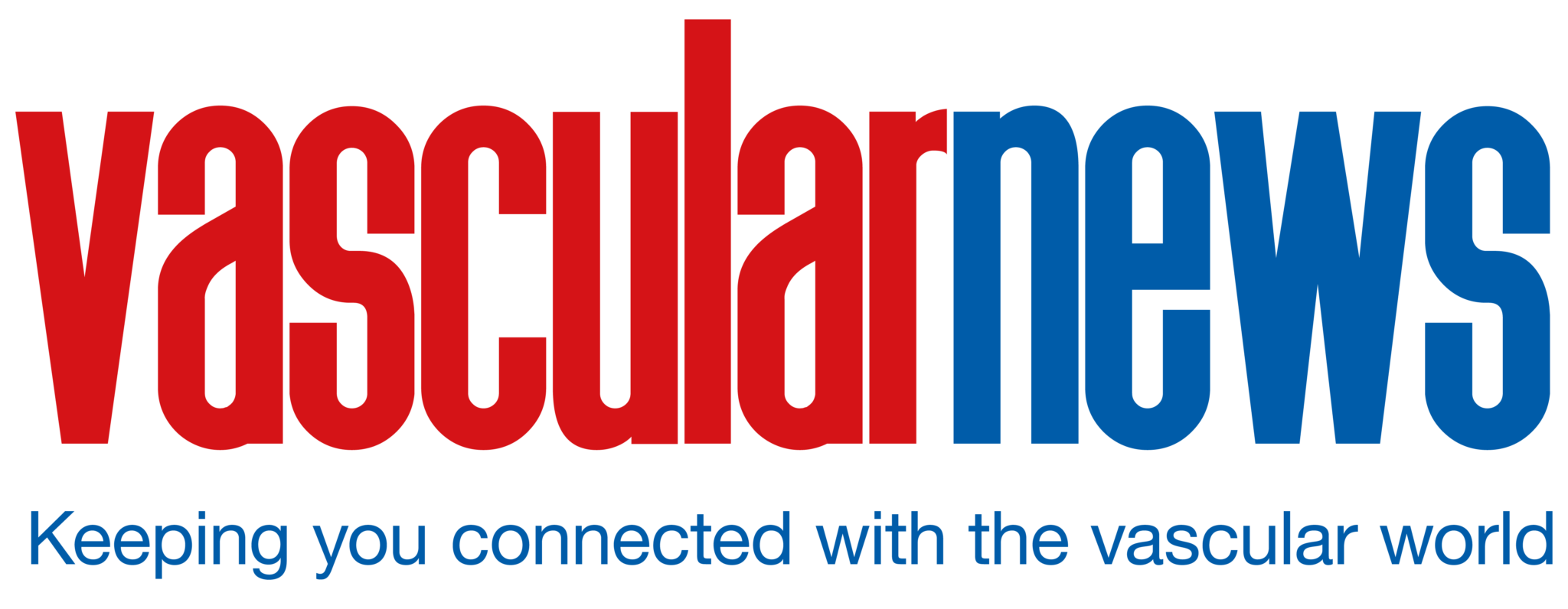
Studies suggest that endovenous laser therapy (EVLT) treatment is better than surgery for the treatment of varicose veins. Two-year follow-up results on 97 patients treated with endovenous laser were presented at ISET by Robert Min, Director of the Cornell Vascular Weill Medical College of Cornell University, New York.
Robert Min says that based on the results of a two-year follow-up of endovenous laser therapy (EVLT) for the treatment of varicose veins, this method is better than surgery.
According to Min, varicose veins recurred in only 6% of patients treated with the laser compared to 10% or more of patients who undergo surgery and other procedures.
“It’s one thing to say that varicose veins are still closed two months after treatment. It’s much more powerful to say that we’ve been doing this for several years – our longest follow-up is 3.5 years – and our results are better than surgery,” emphasised Min.
In the study, 414 limbs in 364 patients were treated in a 37-month period with 810nm diode laser energy delivered intraluminally. Patients were evaluated clinically with ultrasound at one week, one month, six months, one year and then yearly to assess treatment efficacy. Two-year follow-up was obtained in 97 limbs. Ninety-one of 97 limbs (94%) followed up to a minimum of two years have remained closed. There have been no skin burns, paresthesia (pricking or tingling of the skin), incidences of deep vein thrombosis or other adverse reactions.
Results of the study
Dr Min, who developed EVLT, has performed more than 500 treatments on varicose saphenous veins, the most common site of significant varicose disease. The procedure involves injecting a local anaesthetic under ultrasound guidance, inserting a catheter and laser fibre through a small skin incision and continuously delivering laser energy along the entire length of the blood vessel wall.
“You don’t need a big access site to introduce the laser fibre and deliver sufficient amount of targeted heat to close the vein, which is the ultimate goal of the treatment,” said Min. EVLT offers lower rates of complication and avoids general anaesthesia.
The most common treatment for varicose veins that cause symptoms has been surgical ligation and stripping, in which the veins are tied shut and completely removed from the leg. This requires anaesthesia and multiple incisions, which often leave scars, and interference with small branches of sensory nerves is difficult to avoid.
Compared to existing minimally invasive endovenous techniques such as transcatheter sclerotherapy or radiofrequency ablation, Min says that endovenous laser has the following potential advantages:
“The combined experience with endovenous laser treatment of varicose veins has been extremely favourable, with very effective occlusion of incompetent GSV segments with virtual absence of complications following endovenous laser treatment using the 810nm wavelength,” said Min. “We await additional long-term follow-up results from patients already treated with endovenous laser and further evaluation of this promising new technique for the treatment of incompetent non-GSV segments, including short saphenous vein and anterior-lateral tributary.













